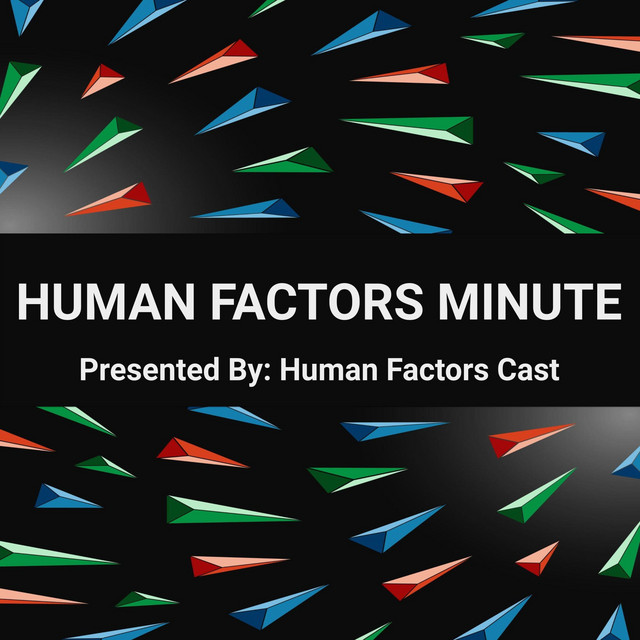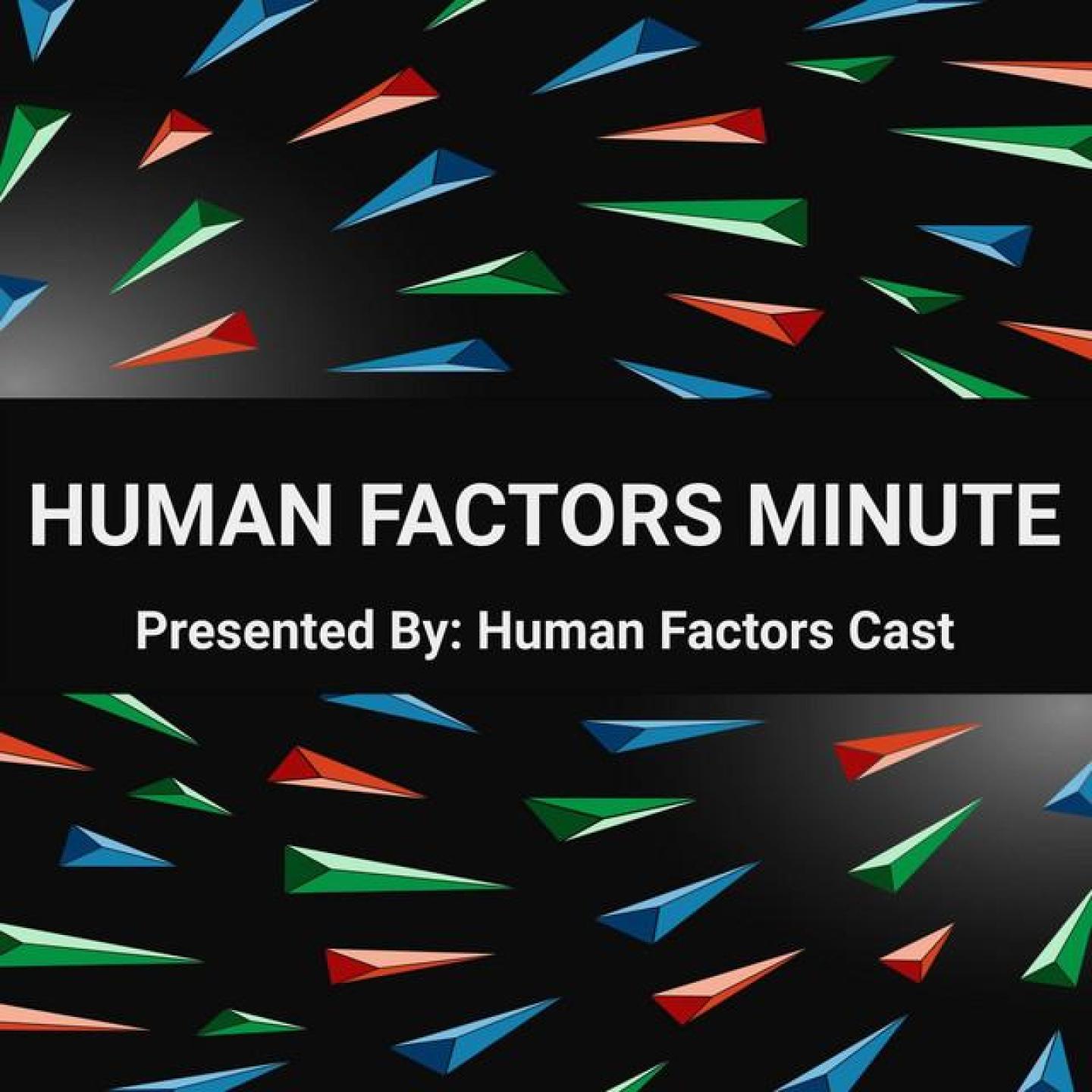bonus
Designing for LGBTQIAP+
HFC Pride content:
In celebration of pride month, how can designers create LGBTQIAP+ inclusive interfaces, websites, and products? Inclusivity can create not just a welcoming environment for the community, but it can improve the experience for allies as well through setting a groundwork of acceptance of all identities.
There is more to inclusivity than turning a company logo into a rainbow flag for the month of June. When creating a product or website that requires a user to sign-up, designers can choose to leave out the option for gender all together. If this information is needed, they can include “non-binary” or “ other” as an option. It is important that a designer incorporates gender-neutral terms throughout the product that doesn’t exclude.
Representation matters, and that can be accomplished in many ways, such as allowing users to express themselves through icons and avatars, and designers can use this an opportunity to incorporate gender-neutral forms of expression. Sometimes, representation can come in the form of displaying images that include the LGBTQIAP+ community, or even designing marketing campaigns that are aimed towards the community.
When it comes to designing a product, design researchers can open up studies to specifically include members of the LGBTQIAP+ community, so that they are represented in the final product.
Finally, designers can create a product that protects the privacy of its LGBTQIAP+ users. Some members of the community may not want their identity or data shared elsewhere. It is a designers’ duty to create a product that keeps its users safe from unwanted sharing of sensitive data, and informs them of what is shared.
Guest Read by Human Factors Cast Digital Media Lab member: Katie Sabo
Be sure to check out our main show at our official website: https://www.humanfactorscast.media
Support us on these platforms to get access to the entire Human Factors Minute library:
- Patreon: https://www.patreon.com/humanfactorscast
- Buy us a coffee: https://www.buymeacoffee.com/hfactorspodcast
Join us on Discord:https://go.humanfactorscast.media/Discord
Follow us:
- Human Factors Cast Merchandise Store: https://www.humanfactorscast.media/p/Store/
- Follow us on Twitch: https://twitch.tv/HumanFactorsCast
- Follow us on YouTube: https://www.youtube.com/HumanFactorsCast
- Follow us on LinkedIn: https://www.linkedin.com/company/humanfactorscast
- Follow us on Twitter: https://www.twitter.com/HFactorsPodcast
- Follow us on Facebook: https://www.facebook.com/HumanFactorsCast
Resources:
- Music by Kevin McLeod: https://incompetech.com/music/royalty-free/
Mentioned in this episode:
Support us on Patreon for access to the full library of Human Factors Minute
https://www.patreon.com/humanfactorscast
Transcript
In celebration of pride month, how can designers create LGBTQIAP+ inclusive interfaces, websites, and products? Inclusivity can create not just a welcoming environment for the community, but it can improve the experience for allies as well through setting a groundwork of acceptance of all identities.
There is more to inclusivity than turning a company logo into a rainbow flag for the month of June. When creating a product or website that requires a user to sign-up, designers can choose to leave out the option for gender all together. If this information is needed, they can include “non-binary” or “ other” as an option. It is important that a designer incorporates gender-neutral terms throughout the product that doesn’t exclude.
Representation matters, and that can be accomplished in many ways, such as allowing users to express themselves through icons and avatars, and designers can use this an opportunity to incorporate gender-neutral forms of expression. Sometimes, representation can come in the form of displaying images that include the LGBTQIAP+ community, or even designing marketing campaigns that are aimed towards the community.
When it comes to designing a product, design researchers can open up studies to specifically include members of the LGBTQIAP+ community, so that they are represented in the final product.
Finally, designers can create a product that protects the privacy of its LGBTQIAP+ users. Some members of the community may not want their identity or data shared elsewhere. It is a designers’ duty to create a product that keeps its users safe from unwanted sharing of sensitive data, and informs them of what is shared.


